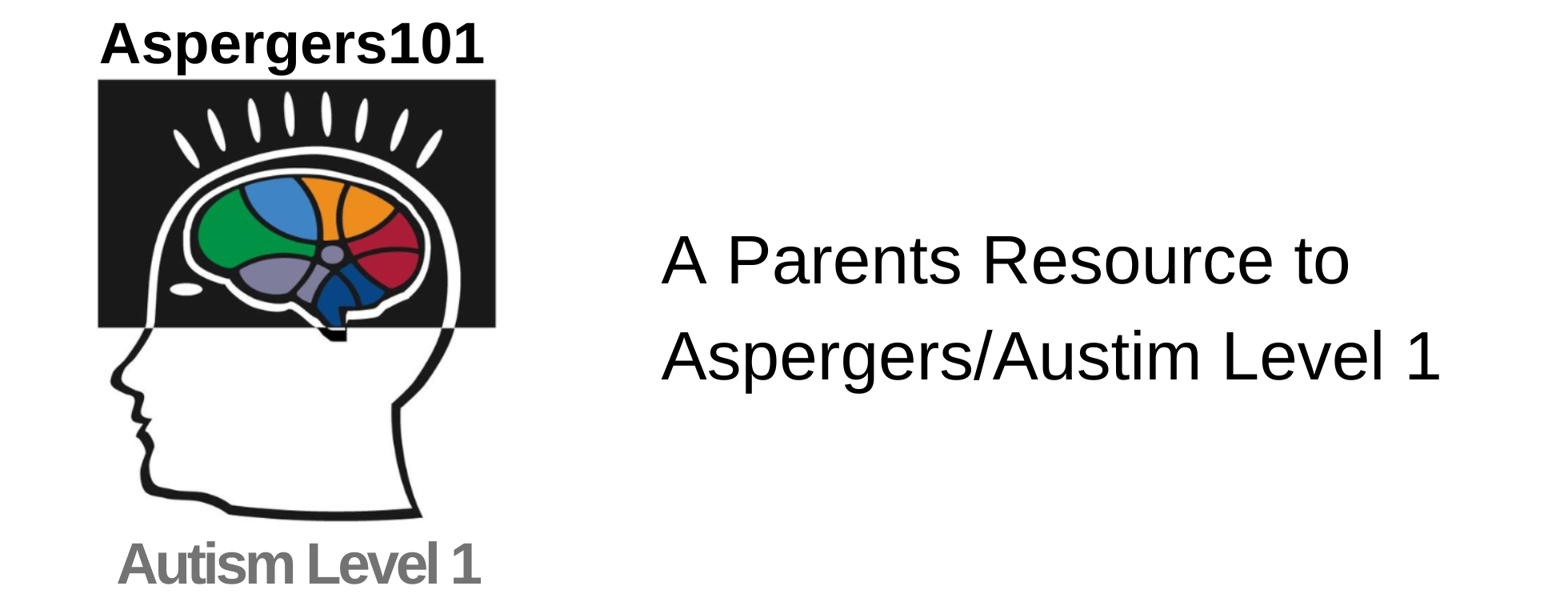When a child with Aspergers or High-Functioning Autism demonstrates challenging behaviors, we tend to blame the child’s autism. However, these challenging behaviors are not a byproduct of autism, rather learned due to ineffective means to get needs met—especially when there are barriers to communication.
Bottom line: if an individual does not have a way to communicate appropriately, he or she will find a way to communicate in another way (e.g. screaming or hitting).
Keeping in mind the ABCs of behavior from our previous post, let’s discuss the key to changing behavior.
Behavior is changed when we know the function—or purpose—of the behavior.
The antecedent provides information about what triggers the behavior and the consequences provide information about what maintains the behavior. When we know the trigger, we can prevent the behavior. Conversely, when we know what maintains the behavior, we can change how we respond to the behavior.
When it comes to children with Asperger’s or High-Functioning Autism, behaviors generally occur for the following reasons:
- Trying to communicate the desire to receive or prevent attention
- Attempting to obtain or avoid tangible objects
- An effort show that they would like to take part in or evade an activity
- Trying to receive or avoid certain sensory experiences
For example, if a child is crying because he wants the candy and you said “no,” then the function of behavior would be to obtain a tangible (i.e. candy). However, if the child screams and runs out the door instead of executing a particular action, we can make the guess that the function of the behavior is to avoid an activity.
In this vein, we can use the antecedents and the consequences to make positive behaviors more likely to occur and problem behaviors less likely. Once we find out the function of behavior, we can then prevent the behavior, replace the behavior, and avoid reinforcing the behavior.
One incident of the behavior might not give you a clear indication of the function of behavior. But if you continue to take data on the ABCs of behavior or see patterns in an individual’s actions, you can make a better hypothesis of the function of behavior in your child.
How do you think you and your family can use the functions of behaviors in the home?
by Adriana Sanchez, MA, BCBA
A graduate of Abilene Christian University, Jennifer had a long career in TV Broadcasting. Upon learning her oldest son Sam had a form of Autism called Asperger’s Syndrome, she left her career and became a full-time mother to both of her sons. Jennifer elicited the participation of her family and together they produced several independent programs including a children’s animated series titled Ameriquest Kids, as well as a documentary and book titled, Coping to Excelling: Solutions for School-age Children Diagnosed with High-Functioning Autism or Aspergers Syndrome. She formed the nonprofit Asperger101 to provide on-going free resources related to ASD at Aspergers101.com and has implemented the Texas Driving with Disability Program and continues to grow the statewide initiative today. She and her husband have recently retired to their property in the Texas Hill Country.




3 Comments